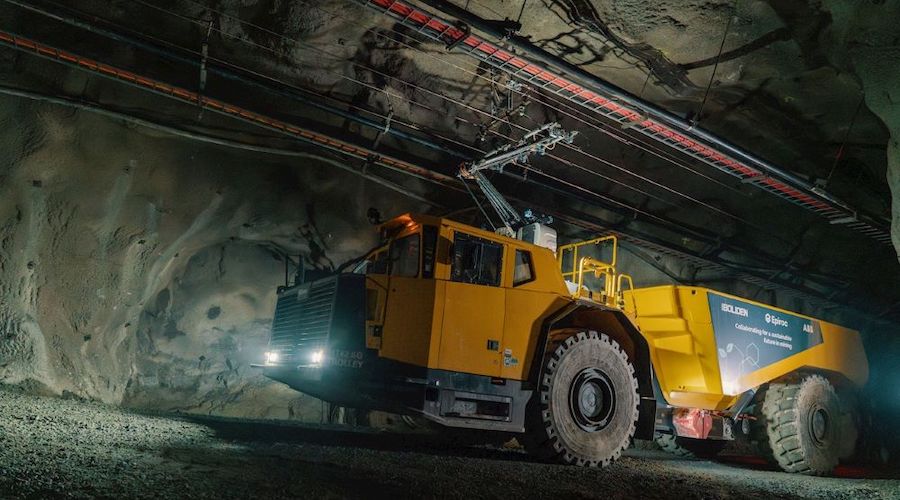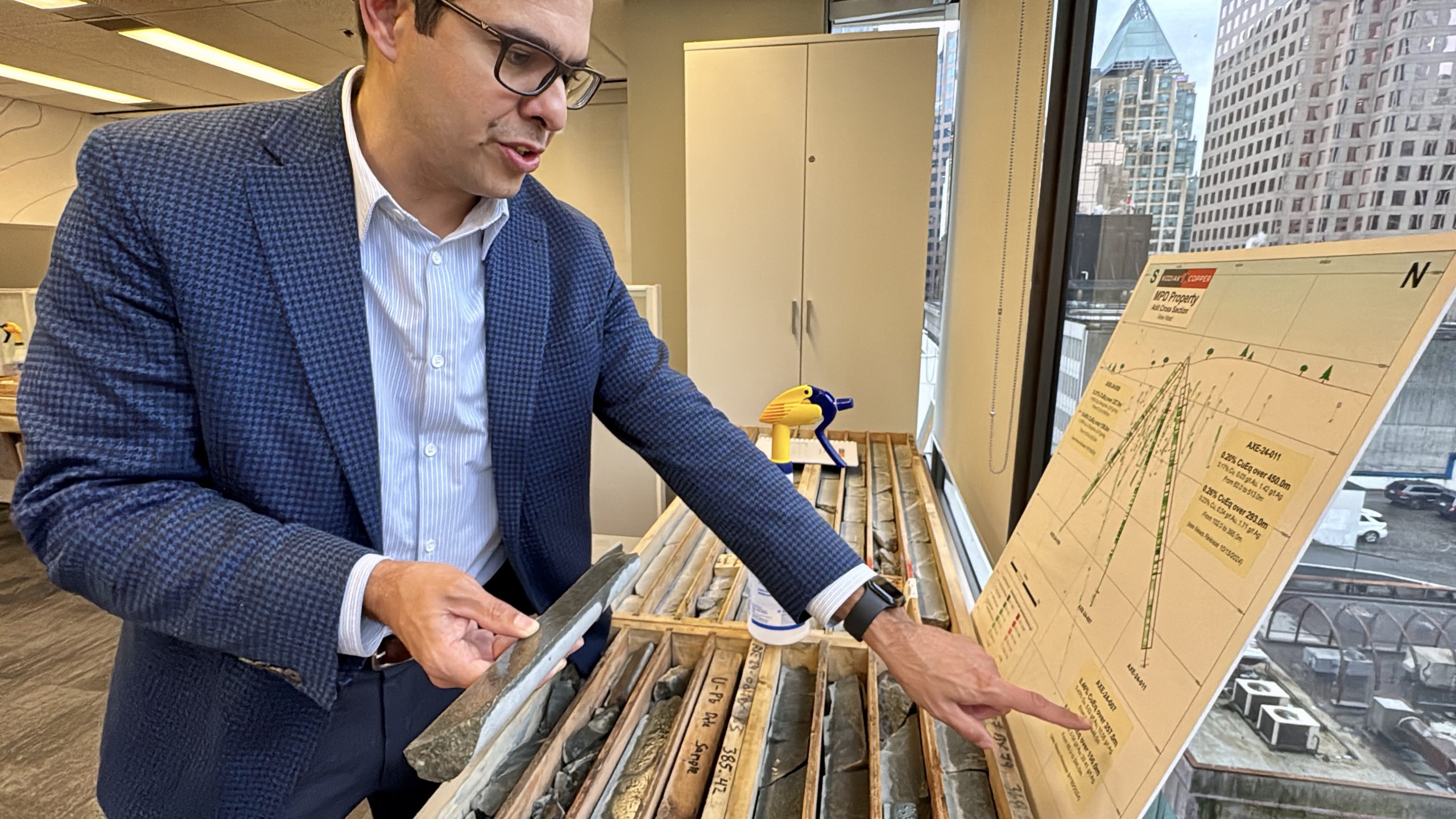Electric mining vehicle industry’s value to reach $23 billion by 2044 – report

The electric mining vehicle industry is expected to be valued at nearly $23 billion by 2044, according to a new report by IDTechEx.
The analysis points out that large EV batteries and innovative fast-charging methods are driving the adoption of electric and autonomous mining vehicles.
“Mining vehicles come in a wide range of sizes so mining batteries can vary wildly too – from 100 kWh for light vehicles up to 2 MWh for large electric haul trucks. The uniquely large nature of these batteries means they are only now becoming sufficiently developed and competitively priced,” the report reads. “Turnkey battery suppliers, including CATL, ABB, and Northvolt, have developed products that are particularly well-suited to mining vehicles, and their development work is continuing.”
The document notes that lithium-nickel-manganese-cobalt (NMC) and lithium-iron-phosphate (LFP) batteries are the two battery chemistries that have, so far, been used in mining. In detail, just under 80% of mining vehicles use LFP despite such batteries’ tendency to have lower energy densities, which is not a major concern as mining vehicles are already heavy and carry hefty loads of ore.
“Where LFP does win out is in its cycle life. IDTechEx expects that some of the most demanding mining vehicles, such as haul trucks, will far exceed the cycle life deliverable by a single NMC or LFP pack and require multiple battery replacements. Minimizing the frequency of replacements by using a longer-life battery pack is an effective way to make EVs more economical,” the dossier notes.
“Safety is another crucial factor in mining, especially regarding the fire safety of batteries in underground tunnels. LFP cells are generally considered safer in this aspect, which limits the risk posed to mine workers.”
Looking beyond NMC and LFP, IDTechEx expects more battery technologies such as lithium-titanium-oxide (LTO) and sodium-ion or Na-ion to continue developing and eventually see viability for mining vehicles.
Tackling charging challenges
IDTechEx’s report emphasizes that one of the things that has slowed down the adoption of EVs in the mining industry is the multiple hours of downtime that they are subjected to while charging, a situation that hinders vehicle productivity.
However, the market analyst points out that original equipment manufacturers (OEMs) have made some progress when it comes to bringing downtime closer to a level that mines are more familiar with.
“Conventional cable-based charging methods are used in many of these solutions, with most mining EVs utilizing DC fast charging. OEMs are now looking to employ methods including multi-gun charging and megawatt charging systems to bring times down to between 20 and 60 minutes,” the report reads. “This goes some way to increasing the productivity of vehicles, but charging at such high rates can accelerate the degradation of batteries and increase the frequency of battery replacements.”
The analysis indicates that battery swapping is an alternative to cable-based charging, which has seen a lot of interest from mining OEMs, particularly for underground vehicles.
Battery swapping involves having two swappable battery packs per vehicle, one of which can be charged while the other is used in operation. Swapping can be done in dedicated swapping stations using a crane or hoist in as little as 5 to 10 minutes.
“Battery swapping is excellent for productivity but can be more expensive in some scenarios and will require dedicated space and infrastructure for swapping.”
Dynamic charging also plays a role in mining – vehicles can be charged in-cycle using power rails or overhead catenary lines along major pathways. This has the potential to eliminate charging downtime and maximize productivity, but it is still being developed and has seen the least use.
“All of the above charging methods are likely to play a part in driving the electrification of the industry, with different methods to be used for different vehicles depending on their technical requirements and duty cycle demands,” the document reads. “OEMs and charging providers are still working on optimizing their technologies.”
{{ commodity.name }}
{{ post.title }}
{{ post.date }}

Comments